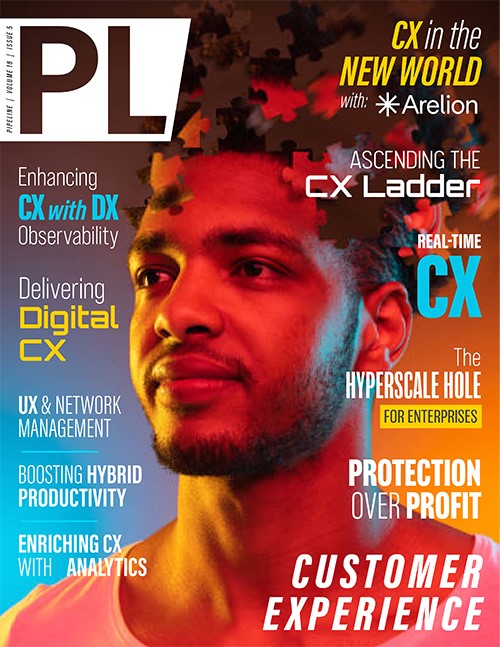The Hyperscale Hole Left for Enterprises
Current enterprise-level data center providers include Databank, Equinix, QTS, and CoreSite, a list that has shrunk significantly in recent years. Today we see massive amounts of private capital and expenditures to create hyperscale facilities, far outweighing the spending on enterprise data center builds. For example, Databank just spent $700 million on hyperscale environments for large customers. Other examples of this shift include the acquisition of Dupont Fabros data centers by Digital Realty, Cyrus One’s sale of all their Houston data centers, the closure of vXchnge, and the recently announced data center being built by Compass Datacenters that will support 75 MW.
Enterprises are left battling with a double-edged sword. If they move to the cloud, not all their applications are optimally supported by the cloud, yet the inventory of local providers that meet their target needs is shifting right under their deployments as data centers are sold off or acquisitions potentially alter the customer model where their deployments reside. If they decide against that route, they can instead increase or update aging on-premise infrastructure.
What should enterprise-level customers do?
Businesses of all sizes feel the heat from the rise of hyperscale companies. The hyperscale companies are quickly outpacing enterprise data center capabilities, leaving many enterprises struggling to keep up. Businesses that cannot keep up with today's ever-changing technology are finding themselves at a disadvantage. However, surviving in this space also depends on how enterprise-level customers manage their cloud or use connected environments and colocation.
Enterprise-level data centers should be aware of the major shift in the data center landscape and strategize how to be agile and adapt to the evolving market. Focusing on how the market changes may affect their backend digital infrastructure and preparing for the digital change is crucial to hold competitive advantage in a hyperscale data center-dominant industry. Preparing for the possibility of shifts in data center operations should help prevent enterprise-level customers from being caught off-guard while helping them meet data needs.
The good news is there are still options for those enterprises that fill the hole between cloud services and data centers that cater to hyperscale companies. The market for retail-level data centers is still available with 50-100 kW. With the right provider, services are focused on just what the enterprise businesses need. This includes discounted migration services to shift their IT equipment, an expanded network ecosystem with connectivity solutions all under the same roof, cloud integration services to connect hybrid workloads, and support so customers don’t have to navigate the data center ecosystem on their own. Enterprise-focused providers will lean in on setup and operations to deliver the reliable and consistent data services that enterprise businesses require in today’s market.
By utilizing today’s latest technologies, enterprise businesses remain competitive in an industry where scalability is increasingly important. In recent years, when the focus from data center operators has been on hyperscale, enterprise-level customers should understand that there are still data center options that are built to house their IT infrastructure and cater to their data center needs.



















